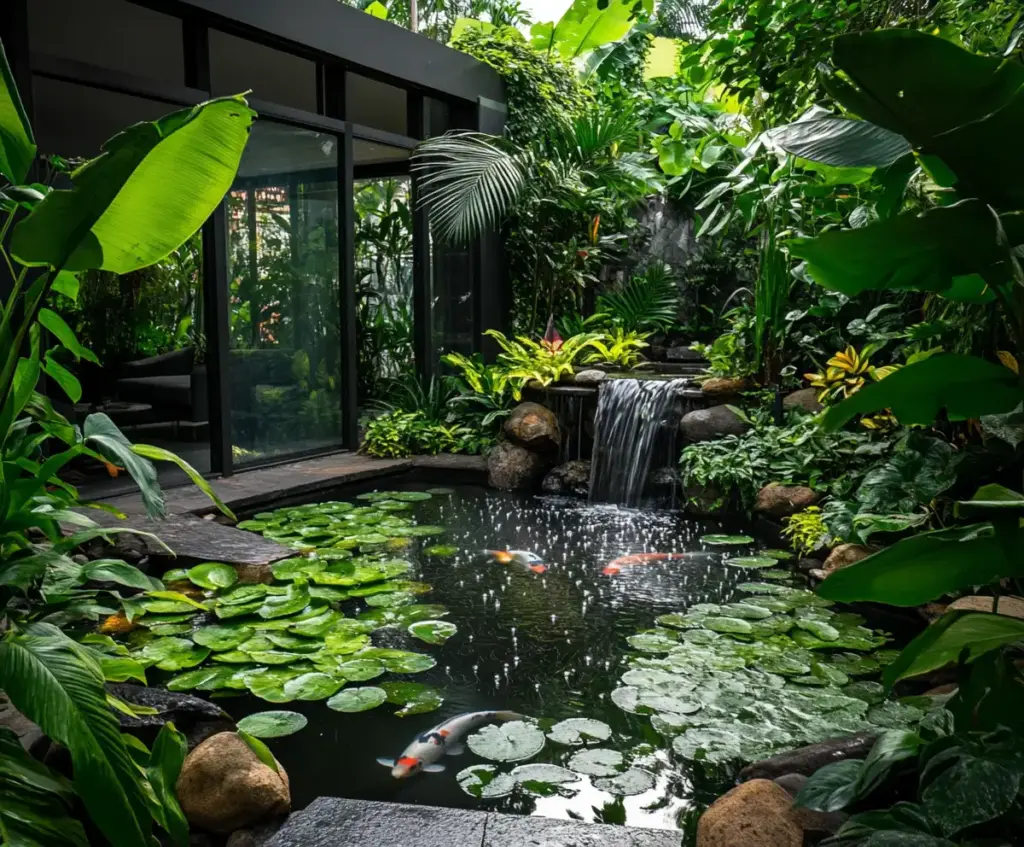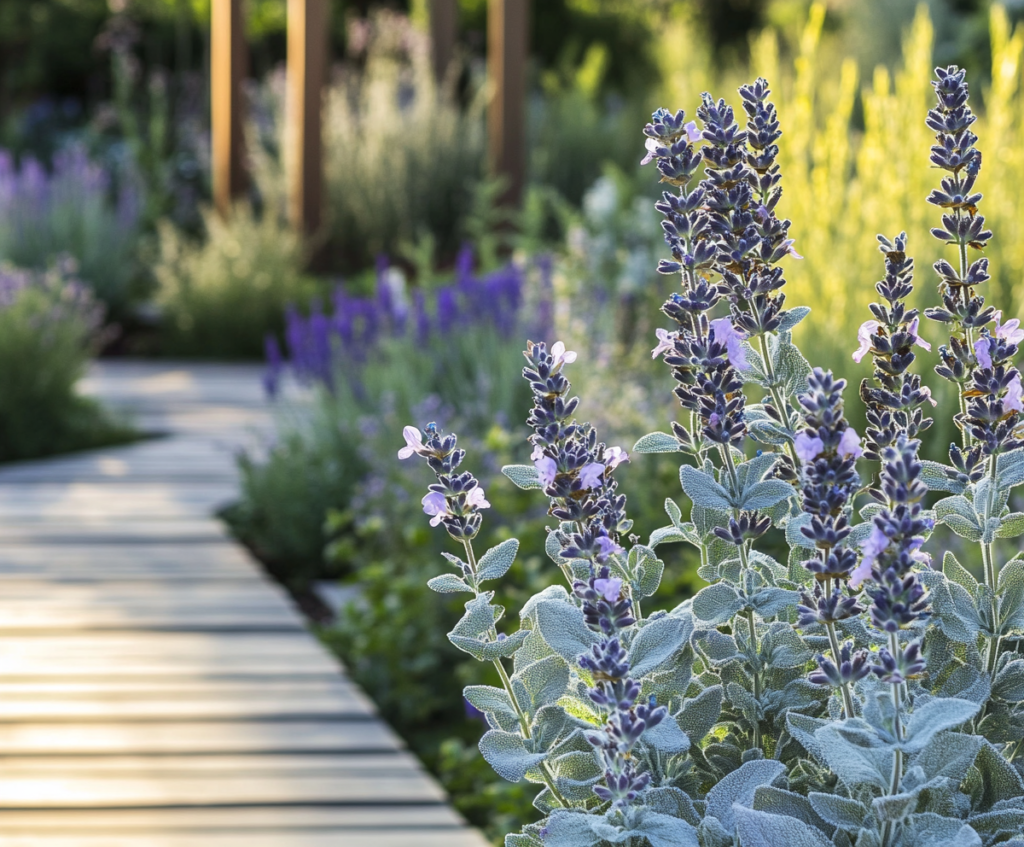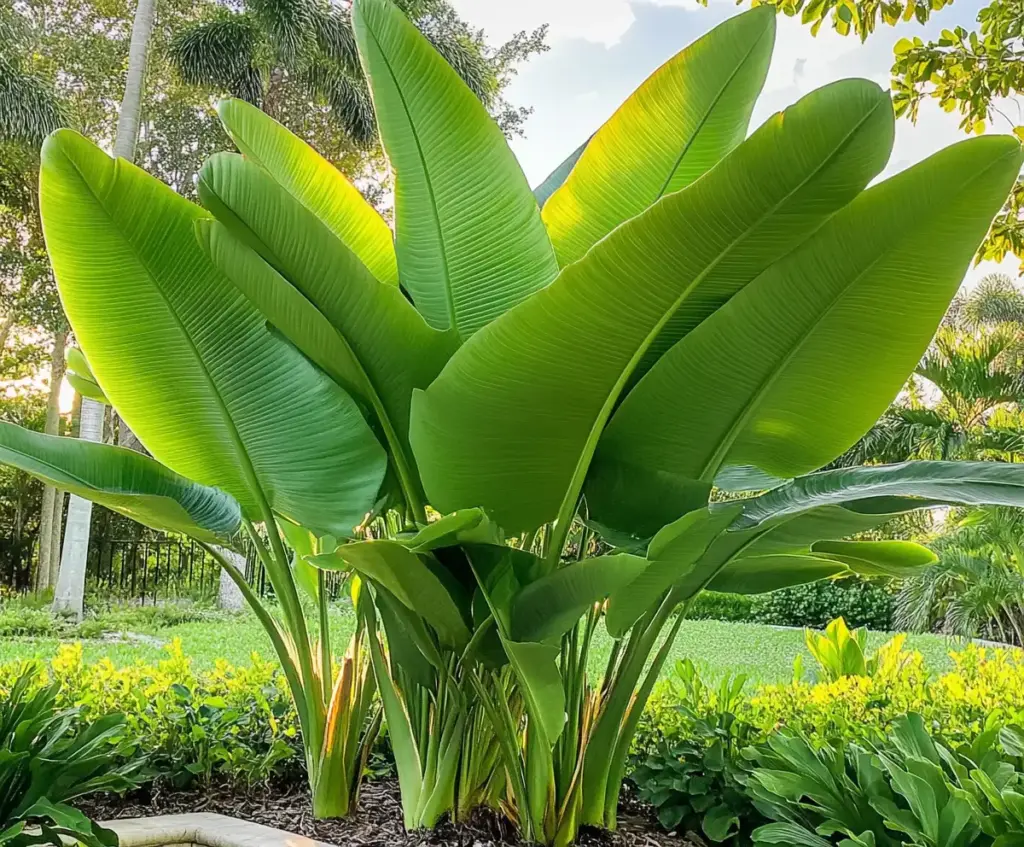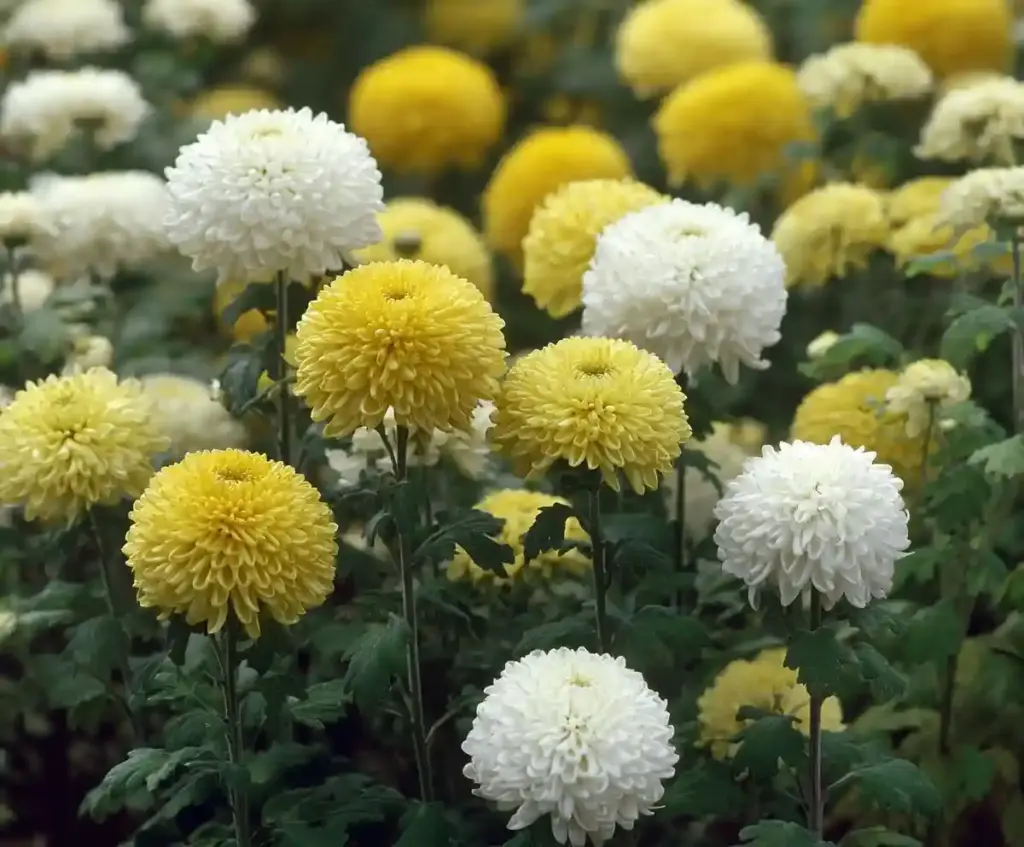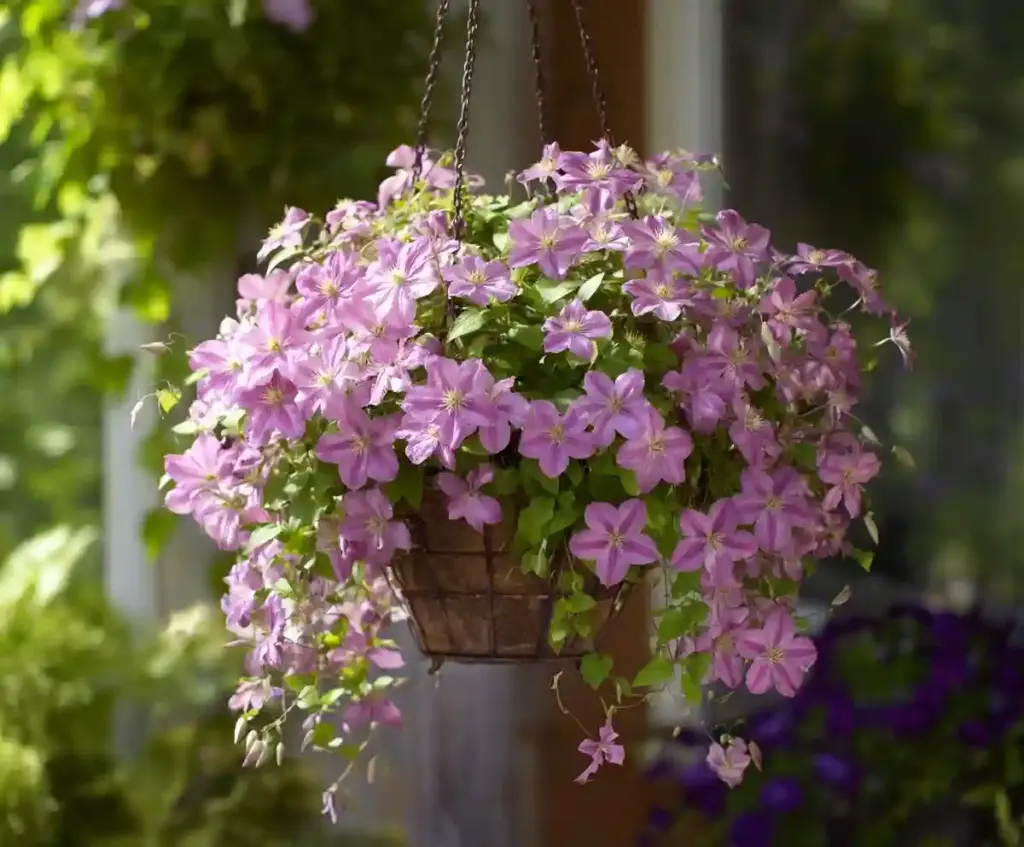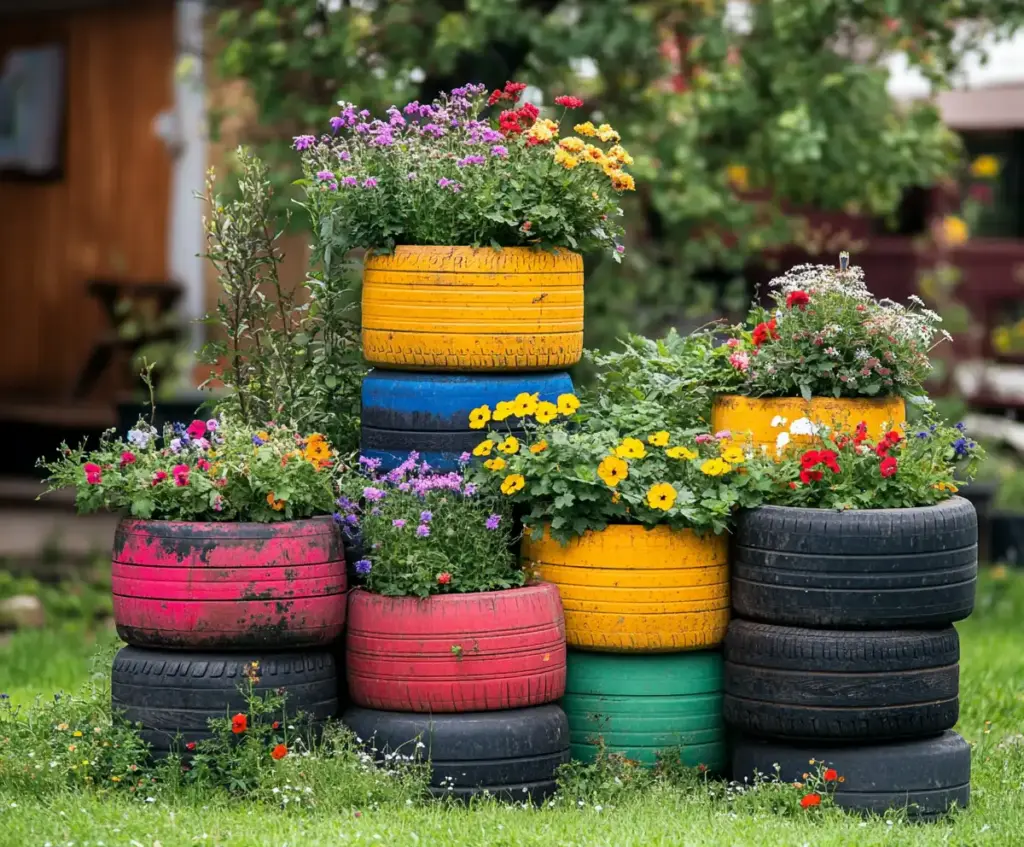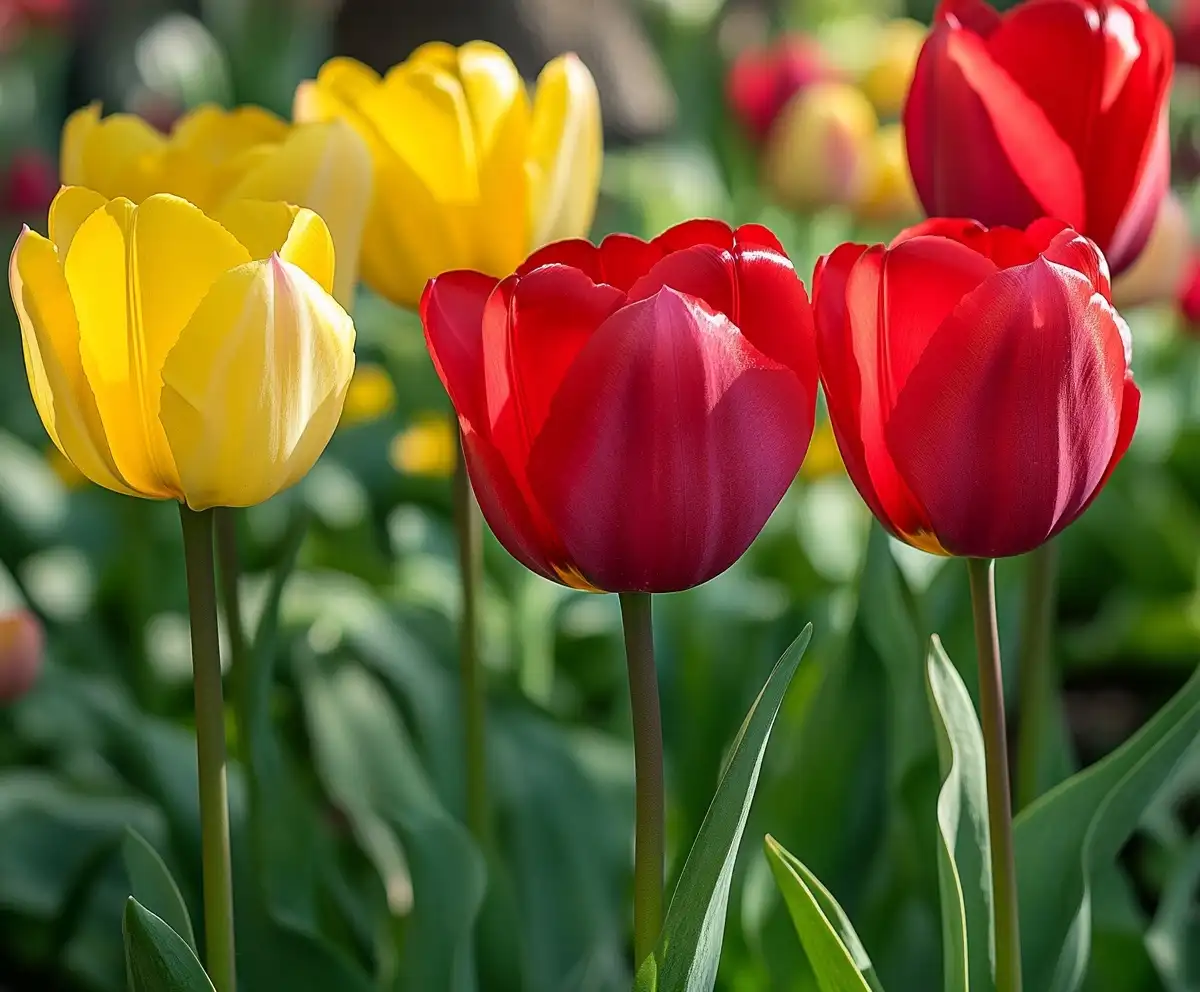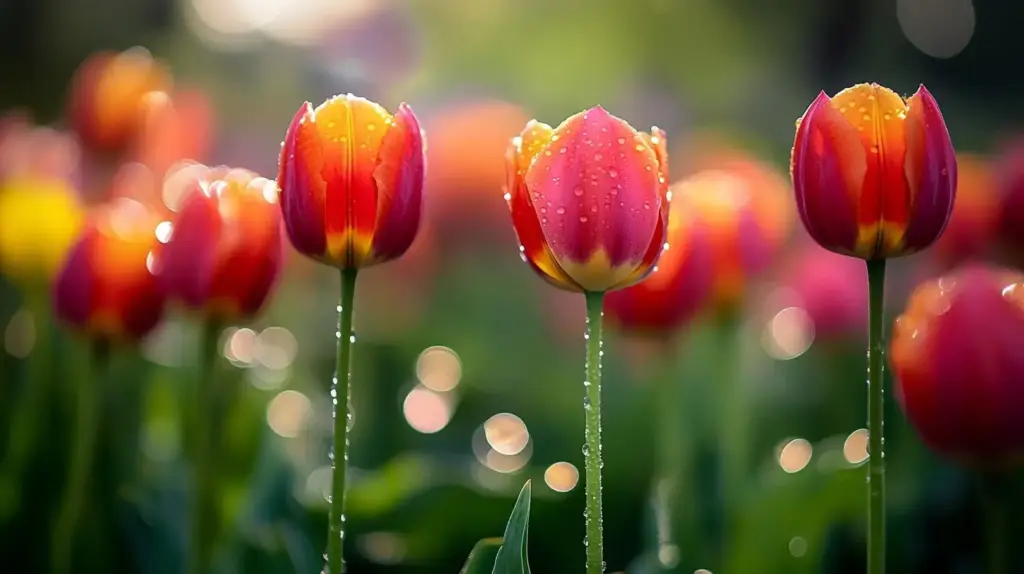Types of tulips bring spring to life with their vibrant variety. Whether you’re planning a backyard garden or updating patio planters, knowing the different tulip types helps you choose the perfect match for your space.
This guide covers 16 tulip groups—explaining their bloom times, shapes, and colors—so you can grow tulips that thrive and look stunning in any arrangement.
Table of Contents
1. Single Early Tulips
Single early tulips are one of the most classic types of tulips, known for their simplicity and elegance. These blooms appear early in the season—usually from late March to early April—making them ideal for gardeners eager to welcome spring color.
Each flower features six smooth, oval-shaped petals with a single bloom per stem. Their height ranges from 10 to 14 inches, making them a perfect fit for borders, rock gardens, or patio containers where you want low, uniform height and reliable performance.
Popular cultivars like ‘Purple Prince’, ‘Keizerskroon’, and ‘Candy Prince’ offer a wide color palette, from soft pastels to bold reds and purples. Many varieties are pleasantly fragrant as well, adding charm to early-season arrangements.
Plant these bulbs in well-draining soil and full sun for best results. Their short, sturdy stems hold up well to wind and rain, which makes them great performers even in unpredictable spring weather.
2. Double Early Tulips
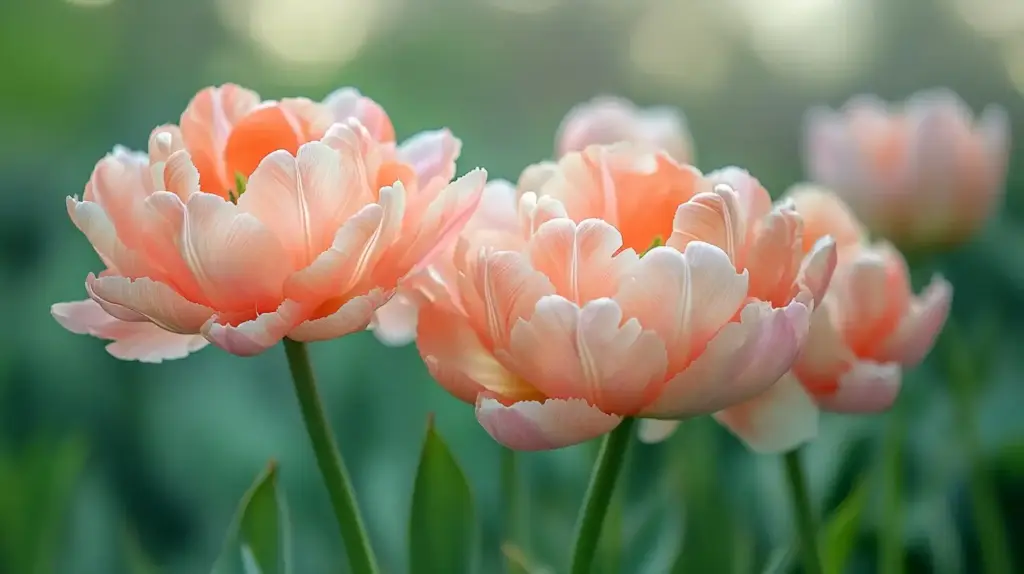
Double early tulips are a romantic, show-stopping variation among the types of tulips. Known for their dense, layered petals, these tulips resemble peonies in full bloom—hence their popular nickname, peony tulips.
These varieties bloom early to mid-spring, right after or alongside single early tulips. Their flowers are often shorter and wider, standing just 8 to 12 inches tall, with sturdy stems that support their fuller blooms.
What makes double early tulips so special is their plush, rose-like form. Cultivars such as ‘Foxtrot’, ‘Monte Orange’, and ‘Pamplona’ feature lush petals in shades of pink, coral, orange, and creamy white. Their compact height makes them ideal for wind-prone areas, container gardens, and front-row border placement.
These tulips do best in a sunny spot with well-drained soil. Be sure to give them space, as their double blooms need airflow to avoid mold or rot during damp spring periods.
3. Triumph Tulips
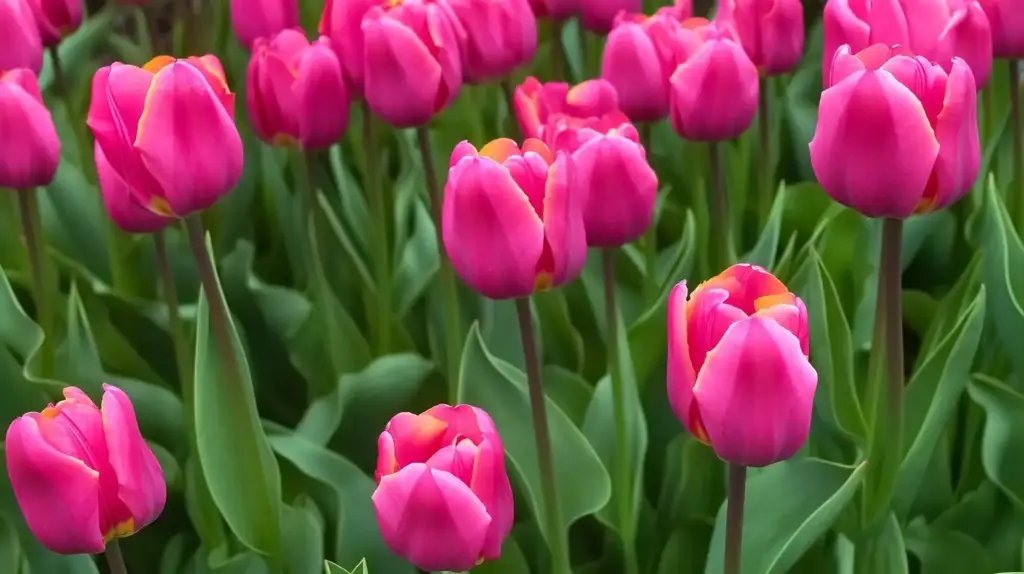
Triumph tulips are among the most widely grown types of tulips, and it’s easy to see why. These mid-spring bloomers combine the best traits of single early and Darwin tulips: strong stems, a classic tulip shape, and a wide color range.
They typically grow between 10 and 18 inches tall, making them ideal for both garden beds and cut flower arrangements. Their sturdy stems help them hold up well in spring winds, while their neat, cupped flowers add structure and symmetry to planting designs.
Triumph tulips come in every color imaginable—from soft lilac to blazing orange and crisp white. Some favorites include ‘Barcelona’ (deep pink), ‘Peppermint Candy’ (striped), and ‘Golden Prins Claus’ (golden yellow).
Because they bloom in mid-spring, triumph tulips are great transitional flowers that bridge the early and late-season varieties. They’re also known for good weather resistance and reliable returns in annual tulip displays.
4. Darwin Hybrid Tulips
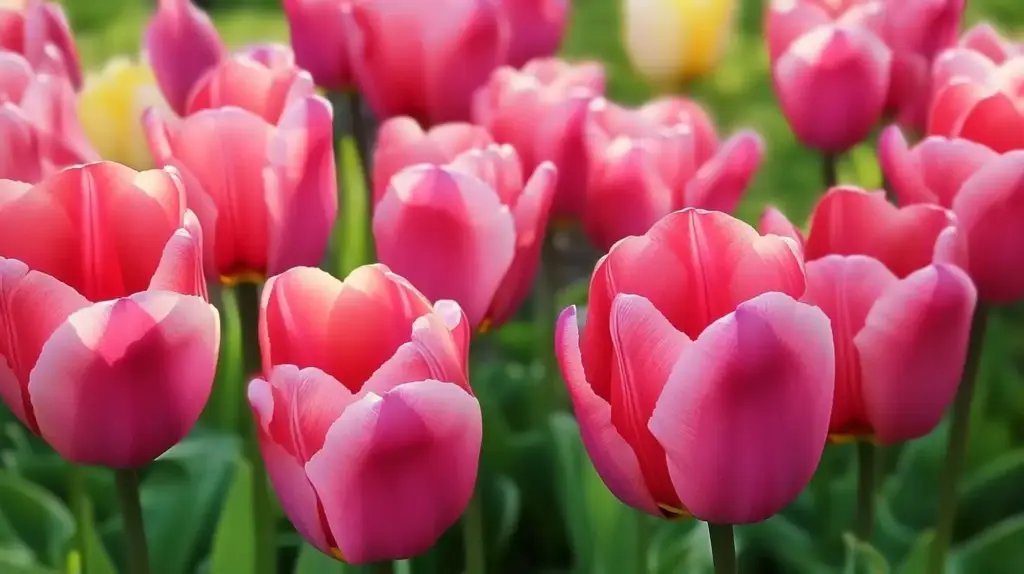
Darwin hybrid tulips are the showstoppers of the mid-spring garden and one of the most robust types of tulips for both beauty and performance. With large, oval-shaped flowers and tall, upright stems, they’re often the centerpiece of spring bulb displays.
Reaching heights of 18 to 24 inches, these tulips make a bold statement in garden beds, mass plantings, and floral arrangements. Their blooms are exceptionally long-lasting, both on the plant and as cut flowers.
Darwin hybrids are loved for their vivid, solid colors and exceptional size. Popular varieties include ‘Apeldoorn’ (vibrant red), ‘Pink Impression’ (rosy pink), and ‘Golden Parade’ (classic yellow). Their color saturation makes them particularly striking when planted in large groups.
Unlike some tulips that fade after a single season, many Darwin hybrids are known to perennialize in the right conditions, especially in colder climates. They thrive in full sun and well-drained soil, returning reliably year after year with proper care.
5. Single Late Tulips
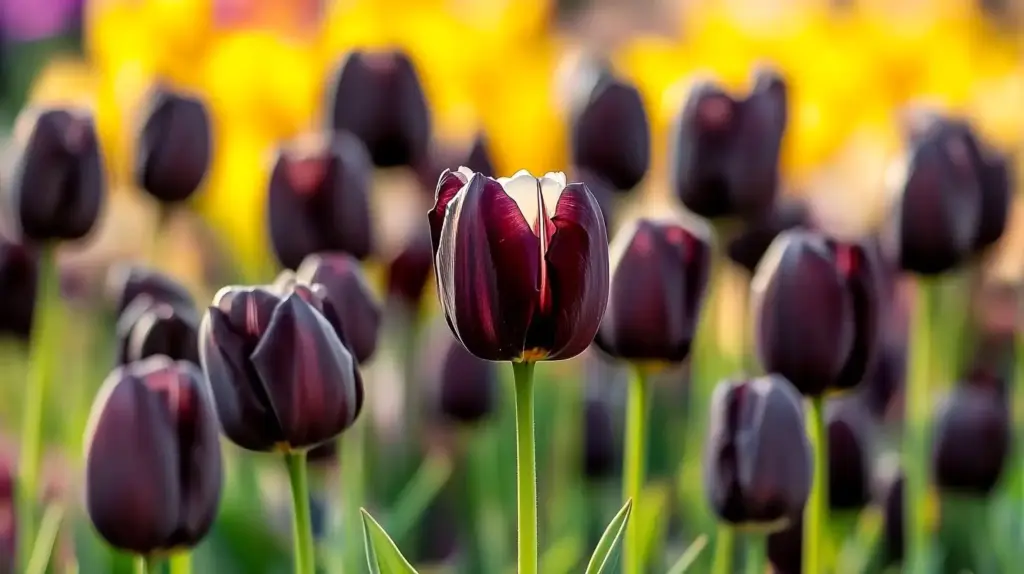
Among all the types of tulips, single late tulips stand tall—literally and figuratively. These elegant bloomers arrive near the end of tulip season, typically from late April to early May, and are known for their height, sometimes reaching up to 30 inches.
Their blooms are classic in form—six rounded petals per flower—but what sets them apart is their impressive size and durability in warmer spring temperatures. Their height makes them perfect for the back of borders, where they add dramatic height and a final burst of spring color.
Popular cultivars like ‘Queen of Night’ (deep maroon), ‘Bleu Aimable’ (lavender-blue), and ‘World Expression’ (ivory with red flames) offer a wide range of colors, including rare deep tones that are hard to find in earlier-blooming types.
Because of their tall stems, it’s best to plant them in a sheltered spot if your garden is windy. They also work beautifully mixed with shorter tulips or early perennials to extend bloom interest well into spring.
6. Lily-Flowered Tulips
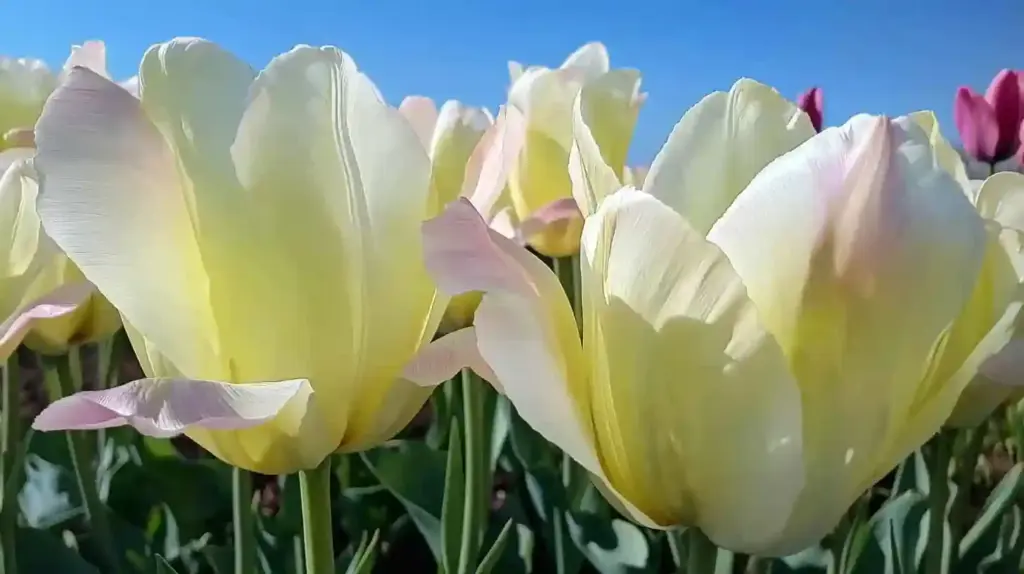
Lily-flowered tulips are among the most elegant and graceful types of tulips, instantly recognizable by their pointed petals and flared, vase-like form. Their silhouette closely resembles that of a true lily, adding refinement and texture to any garden bed.
These tulips bloom in mid to late spring and can reach heights of 14 to 28 inches. While tall and eye-catching, older varieties may need support or a protected spot since their slender stems can be more vulnerable to strong winds.
Popular choices include ‘Elegant Lady’ (pale pink with creamy yellow), ‘Ballade’ (purple with white edges), and ‘Je t’Aime’ (rich cherry pink). Their distinct shape makes them excellent companions to broader, rounder tulip types in layered plantings.
These tulips do best in full sun with well-draining soil. When planted in masses or along winding borders, lily-flowered tulips provide a flowing, architectural effect that softens sharp garden edges with their natural curves.
7. Fringed Tulips
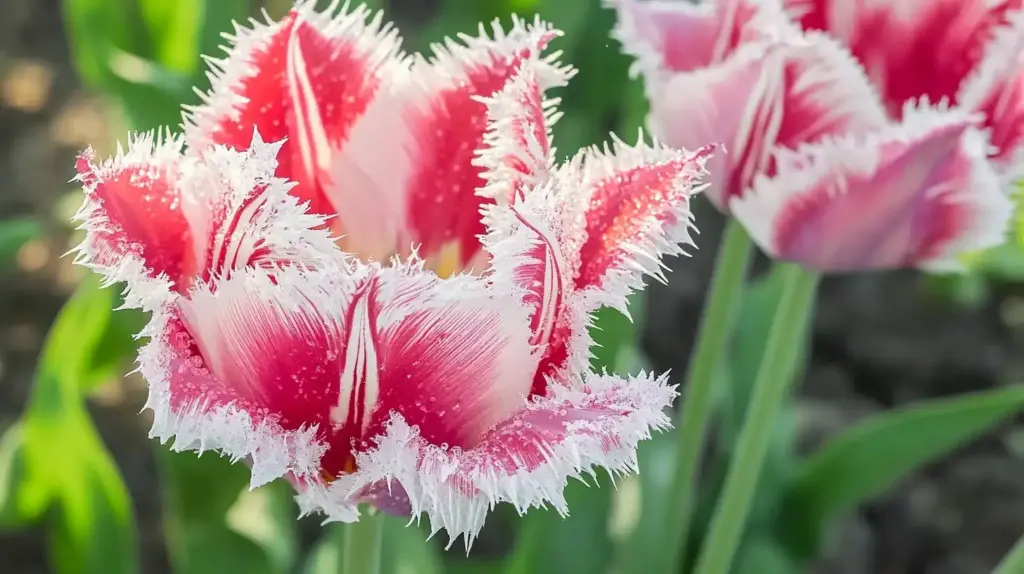
Fringed tulips, also called crispa tulips, stand out among the types of tulips thanks to their delicately serrated petal edges. These blooms look like they’ve been trimmed with lace, adding an unexpected, almost frosted texture to spring displays.
Most fringed tulips bloom in late spring and range from 10 to 30 inches tall, depending on the variety. While many have single-layered petals, some double varieties also exist, creating even more visual impact.
Favorites like ‘Queensland’ (double pink with white fringe), ‘Anfield’ (bold red), and ‘Coldplay’ (bright yellow with soft edges) provide standout color along with their signature fringed detailing. Many have petals with contrasting fringe colors, which makes them even more eye-catching.
These tulips thrive in sunny spots and well-drained soil. Their unusual petal texture draws attention in mixed plantings, especially when paired with smooth-petaled varieties for contrast. For a striking display, group them in small clusters or along the front edge of a border.
8. Viridiflora Tulips
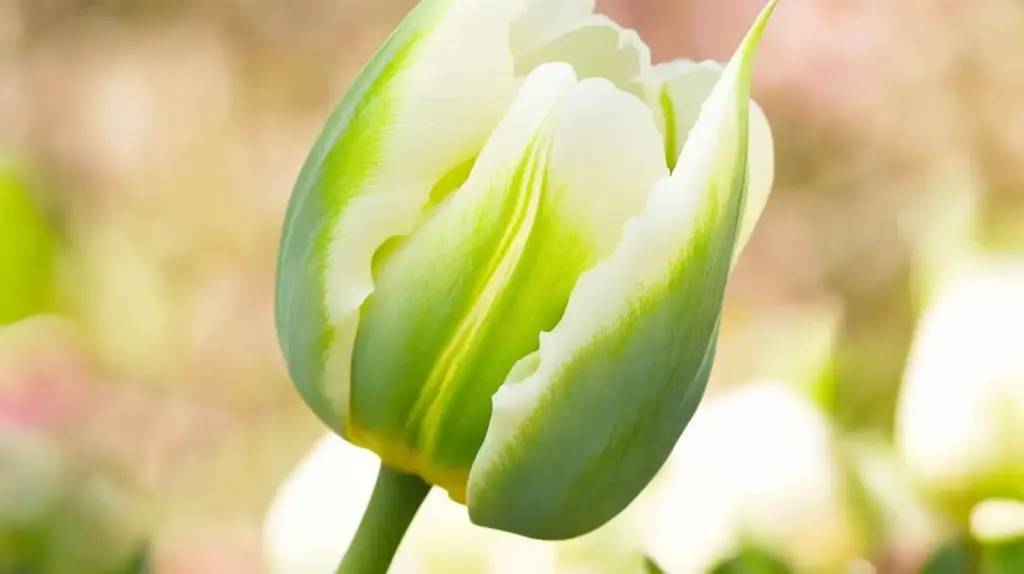
Viridiflora tulips are a striking and artistic group within the types of tulips, instantly recognizable by the green streaks running up the center of each petal. The name “viridiflora” means “green flower,” and these tulips live up to it—blending color with a natural touch of leafy green.
Blooming in late spring, these tulips stand 12 to 24 inches tall and hold their blooms for longer than many other varieties. Their unique coloration makes them popular with florists and designers looking for something a bit more avant-garde.
Well-loved cultivars include ‘Green Spirit’ (ivory with pale green flames), ‘Esperanto’ (red-pink with green streaks), and ‘Orange Marmelade’ (orange with bold green markings). The fusion of petal color and greenery creates a painterly effect in both garden beds and floral arrangements.
Plant them in full sun and loose soil for best results. They look especially beautiful mixed with soft pastels or grouped with other green-accented flowers like hellebores or green-eyed daffodils.
9. Rembrandt Tulips
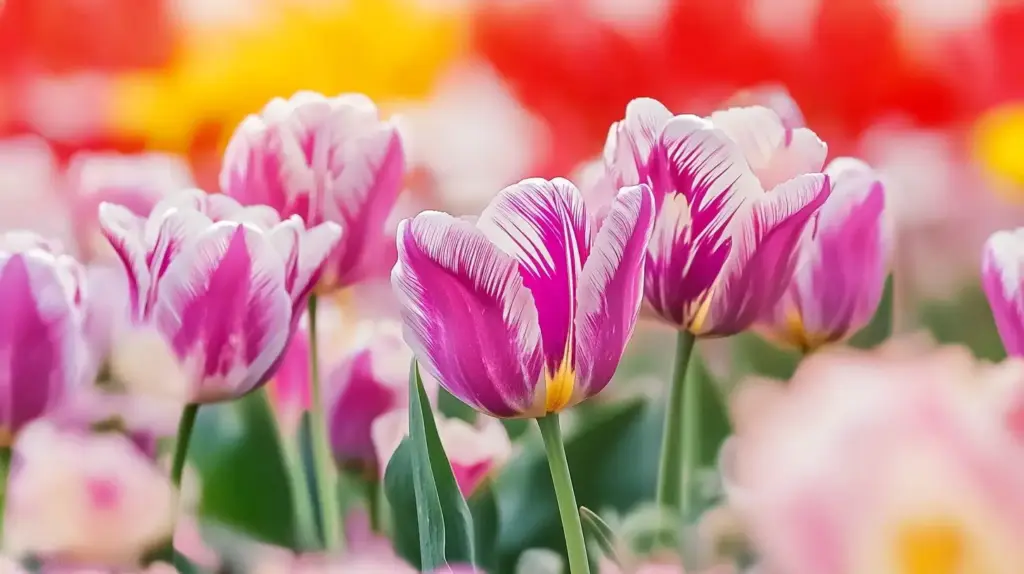
Rembrandt tulips are famous for their bold, brushstroke-like patterns—making them one of the most visually distinct types of tulips in garden history. Named after the Dutch Golden Age painters who frequently featured them in their work, these tulips were once the center of “Tulip Mania” in the 17th century.
Historically, the dramatic streaks and flames on the petals were caused by a virus known as the tulip breaking virus (TBV). Because TBV can harm other plants, true Rembrandt tulips are no longer commercially grown. However, modern breeders have recreated the stunning streaked look—without the virus—by carefully hybridizing other tulip types.
Varieties like ‘World Expression’ (cream with red flames), ‘Helmar’ (yellow with maroon), and striped versions in the Triumph group mimic the painterly beauty of the originals safely and reliably.
Rembrandt-style tulips bloom in mid to late spring and grow 18 to 24 inches tall. They’re best planted in groups for maximum visual impact, especially where their artistic patterns can be admired up close.
10. Parrot Tulips
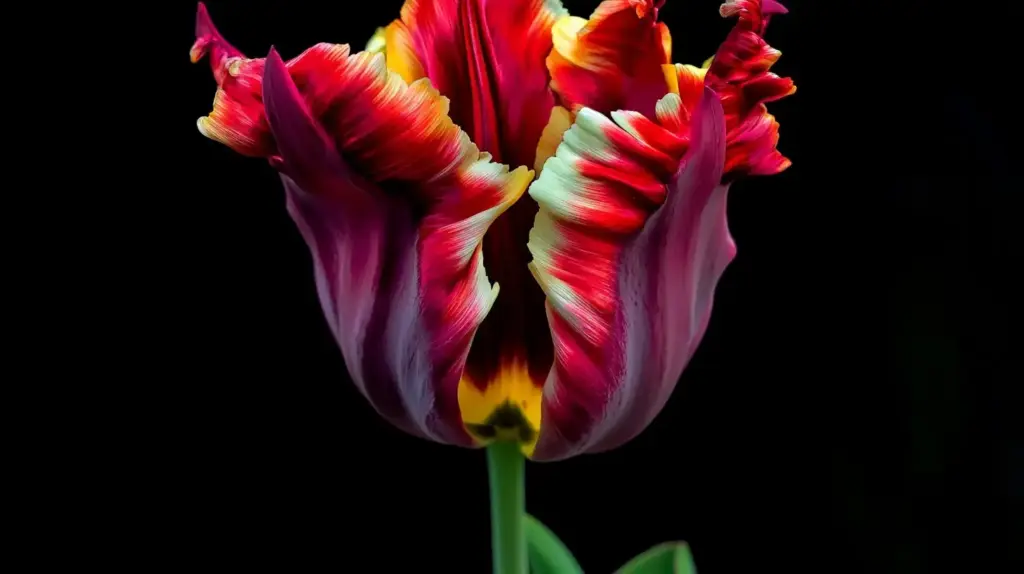
Parrot tulips are the wild artists of the types of tulips family, instantly recognizable for their ruffled, curled, and feather-like petals. Their unusual shapes and intense, often multi-colored blooms make them an unforgettable addition to any spring garden.
These late-spring bloomers range in height from 12 to 20 inches and are typically medium to tall with broad, somewhat twisted petals. The edges may be fringed or scalloped, and many blooms feature color gradients or green streaks for extra drama.
Top varieties include ‘Rococo’ (deep red with green flames), ‘Rasta Parrot’ (multi-colored with yellow, red, and purple), and ‘White Lizard’ (creamy white with green accents). Each bloom feels like a living sculpture, evolving in color and shape as it opens.
Because of their size and shape, parrot tulips are best planted in sheltered areas to protect their blooms from wind and heavy rain. They shine in containers, formal beds, and floral arrangements where their intricate beauty can truly stand out.
11. Double Late Tulips
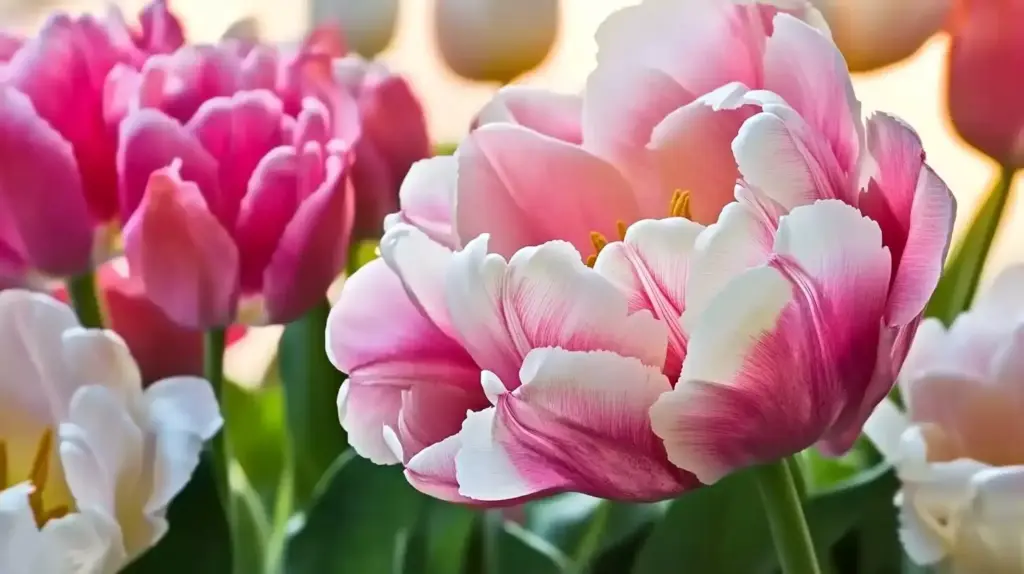
Double late tulips—also known as peony tulips—are some of the fullest and most romantic types of tulips available. These blooms are lush and densely packed with petals, resembling peonies or old-fashioned roses in shape and volume.
They bloom later in spring and typically reach heights of 12 to 16 inches. Their stocky stems support the heavy flowers well, making them a great option for garden beds and containers where their rich blooms can take center stage.
Popular cultivars include ‘Angelique’ (soft blush pink), ‘Frejus’ (deep raspberry), and ‘On The Double’ (bright yellow). Many gardeners plant them in mixed pastel borders or pair them with airy perennials to enhance their softness and texture.
While these tulips are stunning, their dense blooms can collect rainwater, so it’s best to plant them in well-drained soil and avoid overly shaded areas. Their beauty also makes them top choices for spring bouquets and floral design.
12. Kaufmanniana Tulips
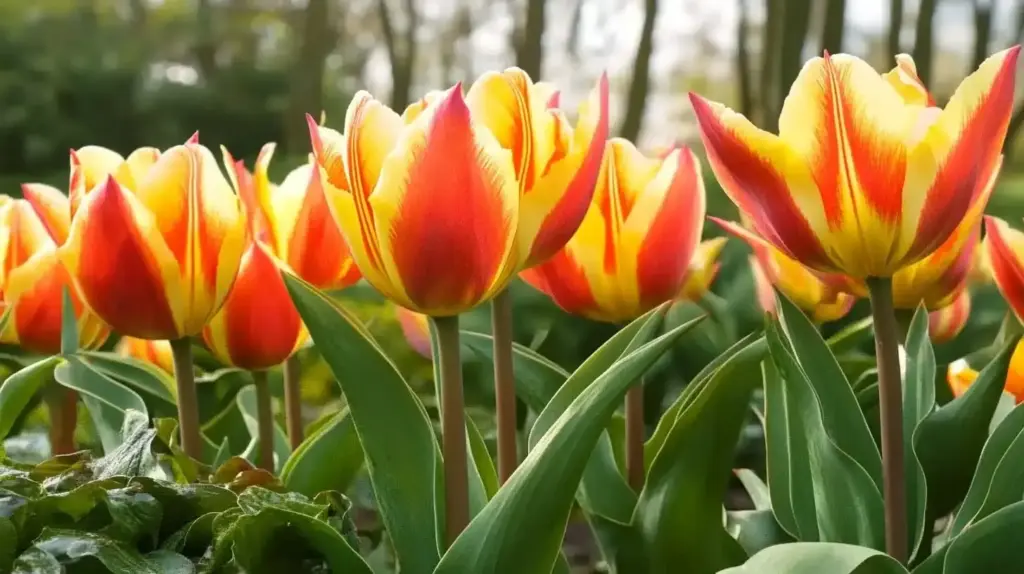
Kaufmanniana tulips, also known as waterlily tulips, are among the earliest blooming types of tulips, often emerging as soon as late March. These low-growing tulips are perfect for rock gardens, borders, and naturalizing in grassy areas.
They typically stay compact, growing just 6 to 8 inches tall, with pointed petals that open wide in the sun to form a star-like or waterlily shape. Their early bloom time makes them an essential choice for gardeners looking to kick off spring color.
Favorite varieties include ‘Stresa’ (red and yellow bicolor), ‘Heart’s Delight’ (pink with a white center), and ‘Johann Strauss’ (creamy yellow with deep red markings). Many cultivars also feature striped or mottled foliage for added interest—even before flowering.
Kaufmanniana tulips thrive in full sun and well-draining soil. Their short stature makes them especially useful for edging paths, planting in containers, or scattering through lawns for a naturalized spring meadow effect.
13. Fosteriana Tulips
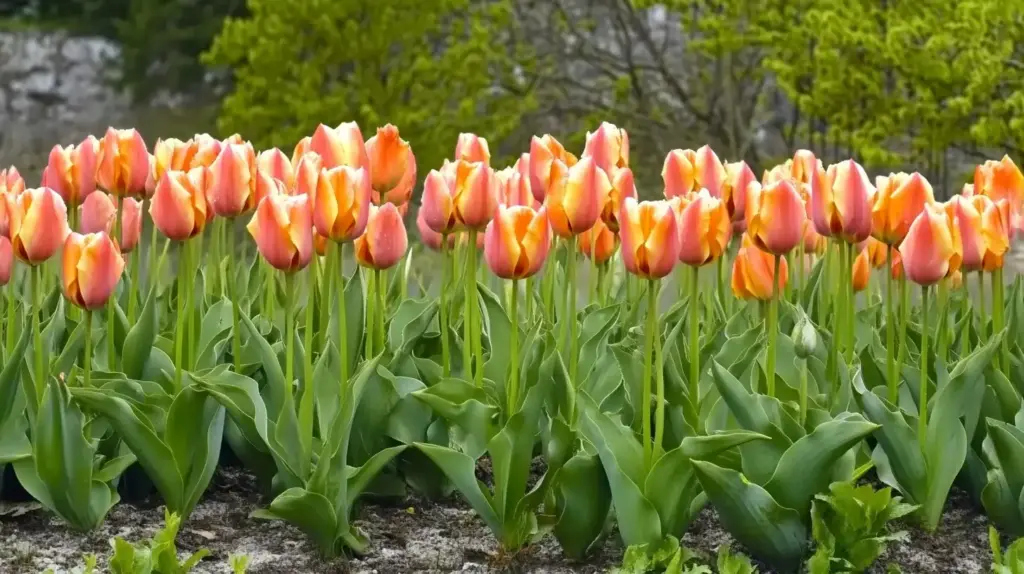
Fosteriana tulips, sometimes called Emperor tulips, are early to mid-spring bloomers admired for their bold colors, wide blooms, and ability to naturalize well in gardens. As a hybrid of the wild Tulipa fosteriana, they offer both beauty and resilience.
These tulips grow between 8 and 20 inches tall, depending on the variety, with broad, pointed petals that open wide—almost lily-like in appearance. Their sturdy stems and large flowers make them excellent performers in both formal beds and naturalistic plantings.
Top cultivars include ‘Orange Emperor’ (vivid orange), ‘Sweet Sixteen’ (soft pink), and ‘Red Purissima’ (bright red). Many of these varieties return reliably for several seasons, especially in colder zones where they can rest properly during winter.
Fosteriana tulips prefer full sun and well-drained soil. They’re often among the first large tulips to bloom, making them a great companion for early perennials like creeping phlox or hellebores.
14. Greigii Tulips
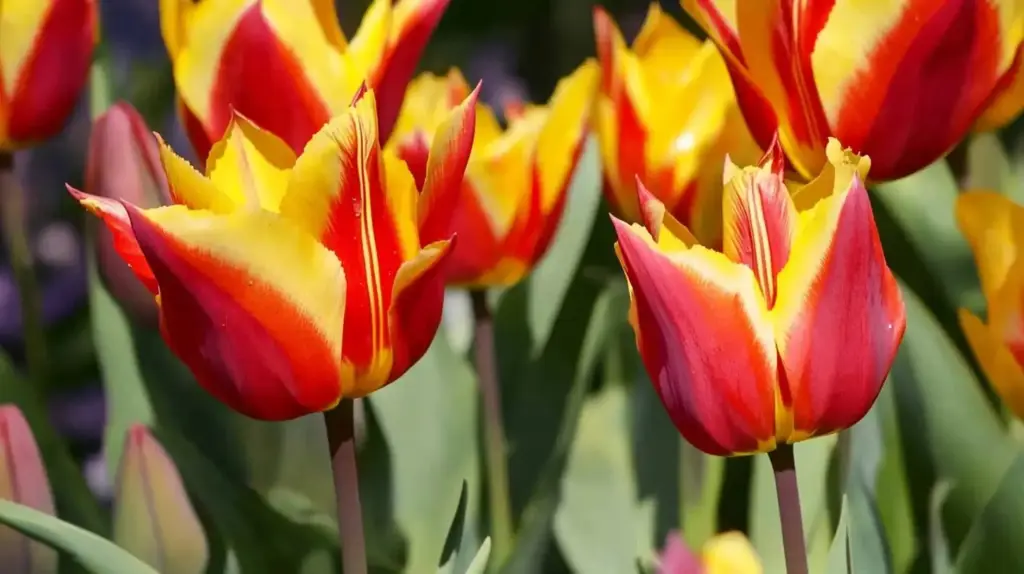
Greigii tulips are a unique and eye-catching group among the types of tulips, prized not just for their large blooms but also for their vividly patterned foliage. These tulips bring visual interest from the moment they emerge—even before the flowers open.
Typically blooming in early to mid-spring, Greigii tulips grow to about 10 to 14 inches tall. Their cup-shaped flowers are large relative to the plant’s height, and the leaves often display bold stripes or spots in burgundy or dark green, adding a decorative layer to your garden design.
Popular varieties include ‘Red Riding Hood’ (scarlet red with mottled leaves), ‘Engadin’ (deep pink with speckled foliage), and ‘Giant Orange Sunrise’ (vibrant orange). Some Greigii tulips even produce multiple blooms per stem, offering more color per bulb.
These tulips are perfect for borders, raised beds, and containers where their foliage and flowers can be admired up close. They prefer full sun and well-drained soil and are excellent for naturalizing in smaller garden spaces.
15. Species Tulips
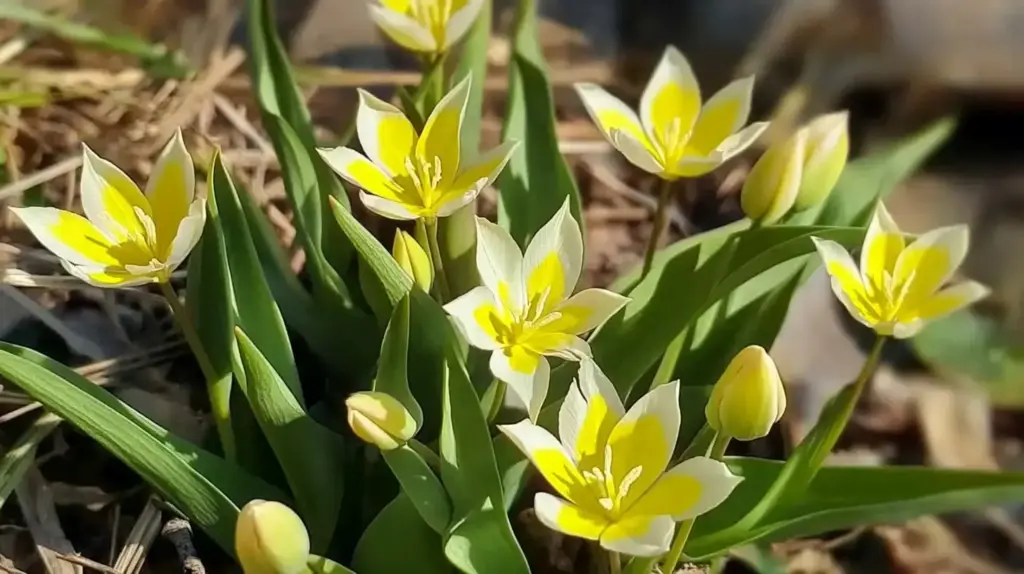
Species tulips, sometimes called botanical tulips, represent the original, unhybridized types of tulips found growing naturally in the wild. These tulips are beloved for their charm, resilience, and ability to naturalize over time with minimal maintenance.
Generally shorter than hybrid tulips, species tulips grow between 4 and 12 inches tall and bloom in early to mid-spring. Their flowers often open wide in the sunlight and close in the evening, creating a dynamic presence in the garden. Many also feature slender stems and pointed petals, with a more delicate look than cultivated varieties.
Popular species and cultivars include Tulipa tarda (star-shaped yellow and white), Tulipa clusiana ‘Peppermintstick’ (striped pink and white), and Tulipa humilis ‘Wild Blue Heart’ (violet with a pale center). These tulips are especially well-suited for rock gardens, alpine beds, and naturalized drifts in meadows or grassy areas.
Species tulips are low-maintenance and tend to return reliably year after year. They thrive in full sun, tolerate dry conditions, and often multiply when left undisturbed in the right soil.
16. Coronet Tulips
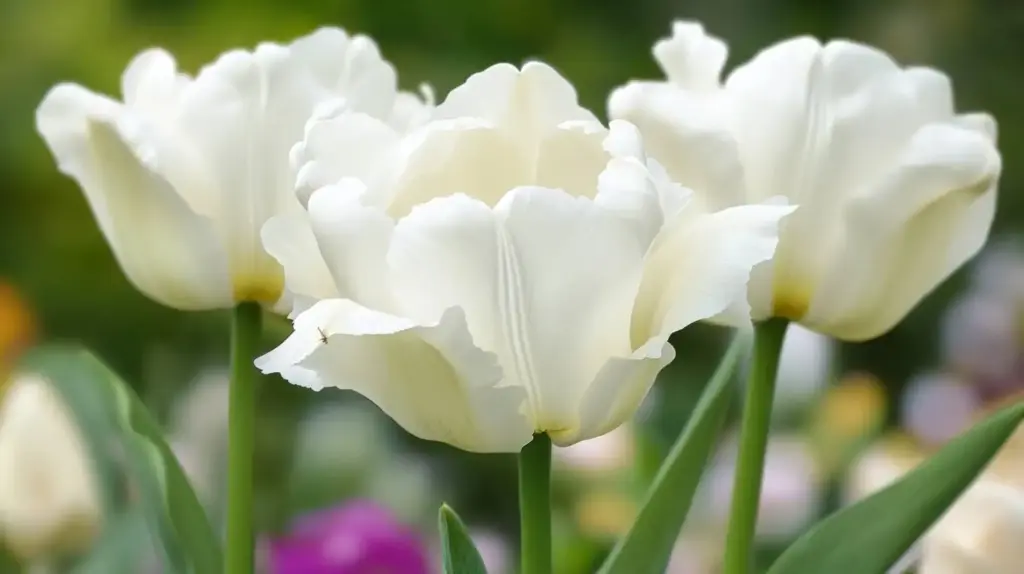
Coronet tulips are one of the newest and most distinctive types of tulips, officially added to the classification system in 2018. With their crown-like shape and sculptural petals, they bring a modern twist to traditional spring plantings.
These tulips bloom at various times in the spring, depending on the variety, and typically grow 12 to 20 inches tall. What sets them apart is their fluted, twisted petals that form a ruffled or crowned silhouette—almost like a decorative flourish on top of a formal bouquet.
Top varieties include ‘White Liberstar’ (pure white with sculpted petals), ‘Red Dress’ (bold red with a flared crown), and ‘Striped Crown’ (striped red and white). Their unique structure makes them ideal for focal points in containers or formal flower beds.
Coronet tulips thrive in full sun and well-drained soil, just like their relatives. They pair beautifully with simpler tulip types, acting as a visual anchor or conversation starter in spring displays.
Conclusion
With so many different types of tulips to choose from, planning your spring garden becomes a joyful way to express personality, color, and timing with purpose. Whether you’re drawn to the early sparkle of Kaufmanniana tulips, the refined shape of lily-flowered varieties, or the bold flair of parrots and Rembrandts, there’s truly a tulip to match every gardening style.
By understanding the unique traits of each group—such as height, bloom season, and petal shape—you can combine varieties that not only bloom in harmony but also elevate your overall garden design. Adding complementary features can further enhance both color and structure.
For a stunning, long-lasting spring display, consider mixing early, mid, and late bloomers across your beds or containers—and don’t forget to enjoy tulips indoors with creative arrangements, too.
Happy planting—and may your garden bloom as brilliantly as your favorite tulips!
🌿 Love gardening inspiration? Follow me on Pinterest for bold plant ideas, tips, and seasonal color!
More Posts
